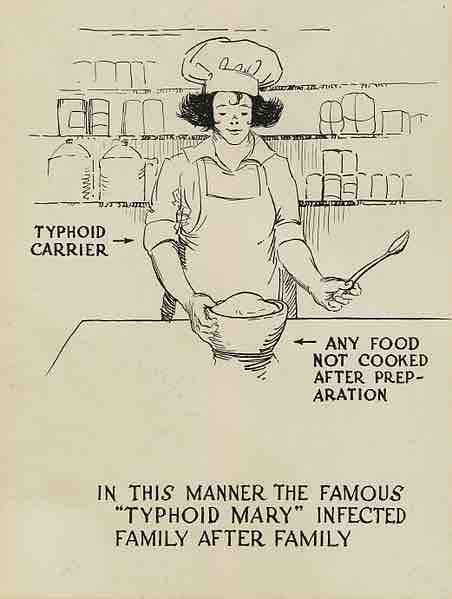The index or primary case is the initial patient in the population of an epidemiological investigation. The index case may indicate the source of the disease, the possible spread, and which reservoir holds the disease in-between outbreaks. The index case is the first patient that indicates the existence of an outbreak. Earlier cases may be found and are labeled primary, secondary, tertiary, etc.
"Patient Zero" was used to refer to the index case in the spread of HIV in North America. The index case is identified in epidemiology studies by tracking down the infected patients to try to determine how the disease originated.
For example, in the early years of the AIDS epidemic there was controversy about a so-called Patient Zero, who was the basis of a complex transmission scenario. This epidemiological study showed how Patient Zero had infected multiple partners with HIV, and they in turn transmitted it to others and rapidly spread the virus to locations all over the world.
The CDC identified Gaëtan Dugas as the first person to bring HIV from Africa to the United States and to introduce it to gay bathhouses. Dugas was a flight attendant who was sexually promiscuous in several North American cities. He was vilified for several years as a "mass spreader" of HIV, and seen as the original source of the HIV epidemic among homosexual men. Later, the study's methodology and conclusions representation were repudiated.
A 2007 study published in the Proceedings of the National Academy of Sciences claimed that, based on the results of genetic analysis, current North American strains of HIV probably moved from Africa to Haiti and then entered the United States around 1969, probably through a single immigrant. However, the immigrant died in St. Louis, Missouri of complications from AIDS in 1969, and most likely became infected in the 1950s, so there were prior carriers of HIV strains in North America.
Ebola
In the eboloa outbreak of 2014, the Patient Zero was identified as a two year-old boy in Guinea who died on Dec. 2, 2013 of Ebolavirus during the fruitbat migration. His sister and mother and grandmother then died. Visitors from other villages came to pay their respects and tragically carried the virus back with them. As of November 2014, about 5,500 people had died of Ebolavirus.
Typhoid Mary
Other prominent "Patient Zeroes" include Typhoid Mary. She was the first person in the United States identified as an asymptomatic carrier of the pathogen associated with typhoid fever. She was presumed to have infected some 51 people, three of whom died, over the course of her career as a cook. She was forcibly isolated twice by public health authorities and died after a total of nearly three decades in isolation.

Typhoid Mary poster
Typhoid carrier. Food pollution. "In this manner the famous 'Typhoid Mary' infected family after family. "